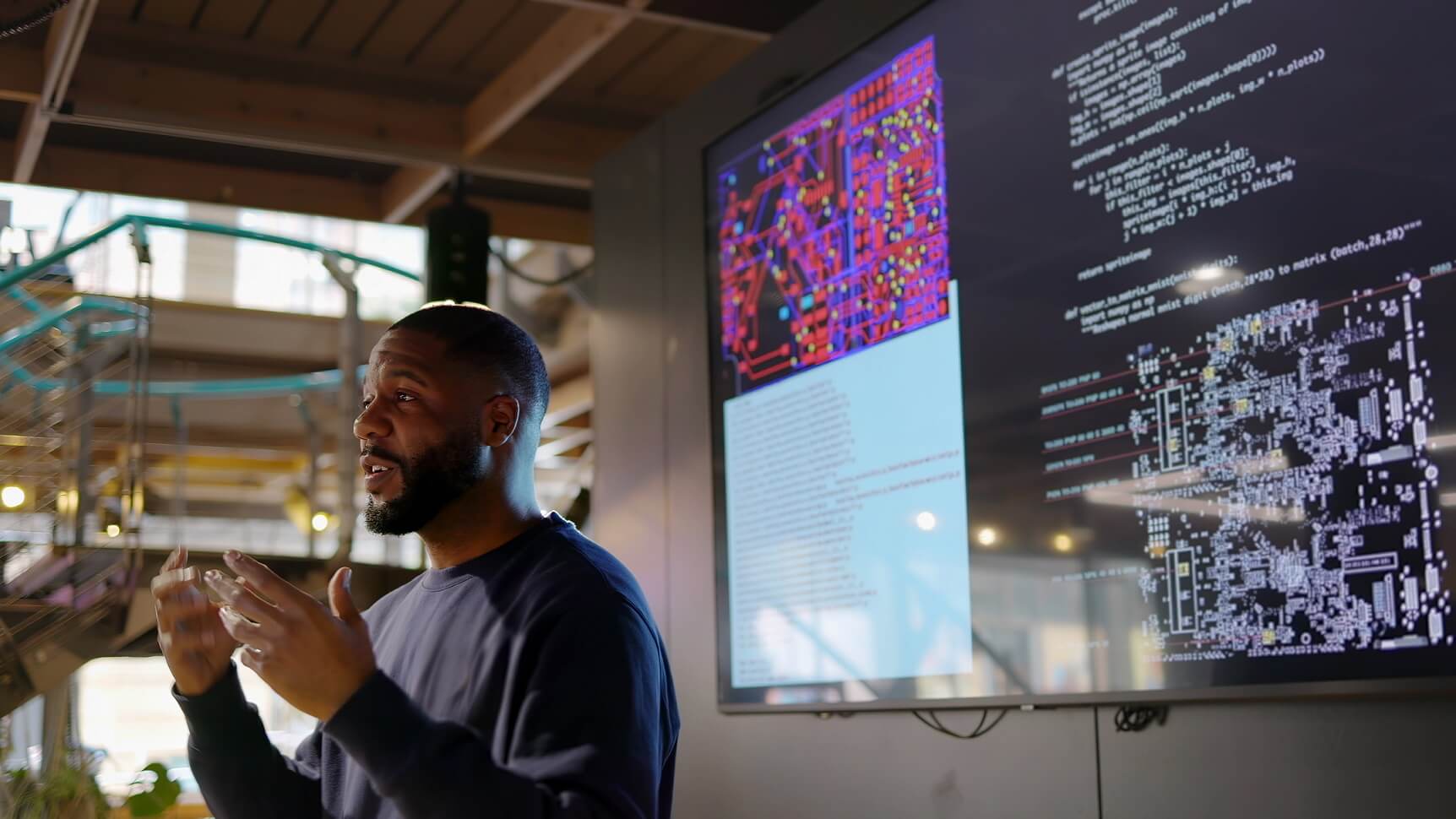As Higher Ed Digitally Transforms, WAN Networking is the Intelligent Way to Go
Originally published on MSP Today.

Originally published on MSP Today.

Originally published on MSP Today.

Pivotal to the foundation of our society, communications technology has seen rapid innovation as the flux continues to introduce new, complex, and agile alternatives which displace their predecessors. These solutions have been continuously adopted by companies throughout a myriad of industries as different businesses either attempt to solidify their position or oust their competitors.

Innovation has continually produced new devices and solutions to overhaul existing systems or open avenues as it integrates with our environment, aiming to improve outcomes across various markets and industries. However, as this has continued, traditional WAN technology has become cumbersome, overburdened by the ever-increasing array of complex technologies straining the antiquated network for bandwidth, causing unpredictable and inconsistent access to applications and the cloud.

Originally published on MSP Today.

With enterprises’ multi-cloud architectures, Zero Trust security models, and internet-based wide-area networks (WANs), network transformation with software-defined WAN (SD-WAN) has become more important than ever.

Originally published on Future of Work.
While the State and Local Governments and Education (SLED) markets are notorious for being behind the curve when it comes to adopting new technologies, this is radically changing as more and more agencies and organizations are adopting Microsoft Teams as their secure collaboration solution.
Field service management teams want to keep costs down while improving service relationships, which isn’t easy to do unless those teams have the right tools to enable them to understand exactly what is happening where machinery lives.
From utility providers to automobile manufacturers, and from consumer electronics developers to medical device leaders, companies who mass produce physical products are rapidly moving to connected field service solutions to leverage edge, network and cloud technologies that provide unprecedented visibility and control of their factories and onsite implementations.